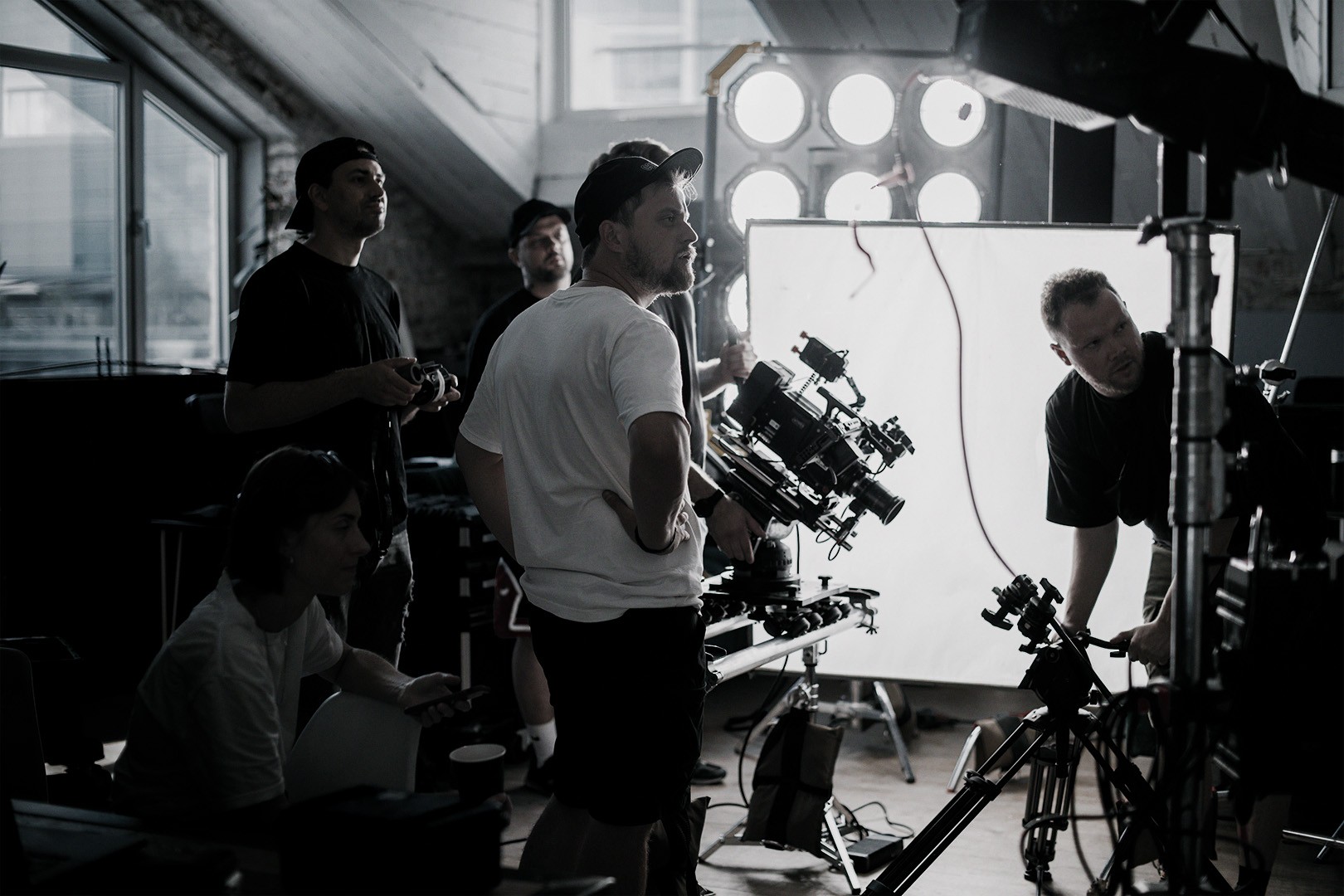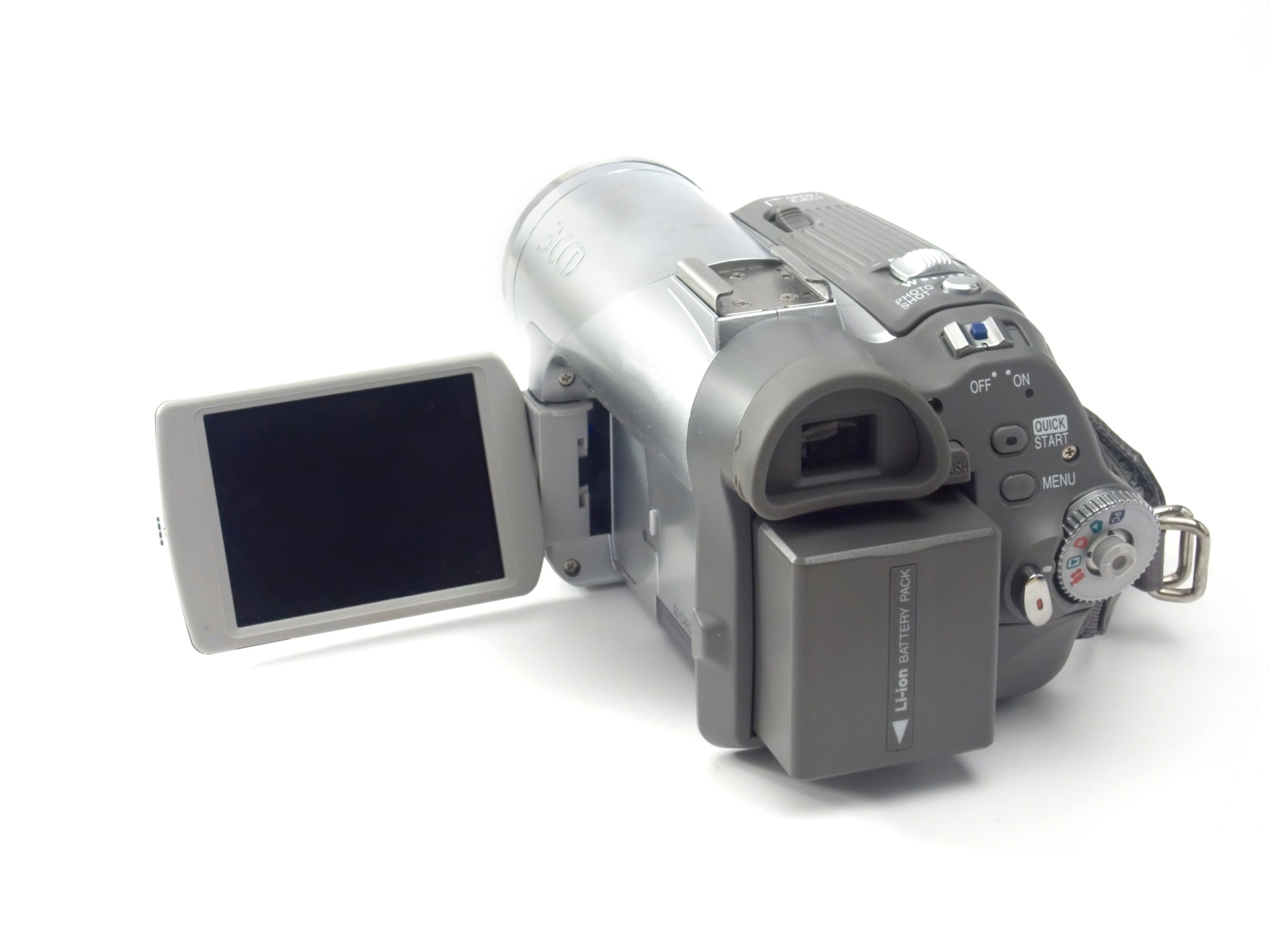How might we integrate AI into creative work to empower human potential?
Design Strategy — AI Innovation
We developed an AI strategy framework for a global media company, translating emerging technologies into tangible business opportunities.
Through system mapping, workshops, and prototyping roadmaps, we helped teams align on how to experiment with AI responsibly and effectively.
Strategic Design • AI Readiness • Use-Case Mapping
Design Strategist — 4 months

Challenge
Bridging creativity and technology
The company faced growing pressure to integrate AI into production and storytelling, but lacked a shared understanding of where to start.
Teams across disciplines — creative, technical, and operational — were exploring possibilities in isolation.
The challenge was to establish a common framework for experimentation: one that balanced creative freedom with ethical, scalable AI adoption.
Approach
Mapping potential and defining pathways
We ran a series of cross-disciplinary workshops to identify and prioritize AI use cases across the organization.
Each session combined creative ideation with feasibility mapping — aligning teams around what was desirable, viable, and ethically sound.
The resulting visualizations illustrate how ideas clustered across different phases of the creative value chain — from scattered early signals to dense zones of opportunity.
Together, they form the foundation for a system map and roadmap guiding AI adoption from exploration to implementation.
Development & Sales
We mapped early creative and analytical opportunities — exploring how AI could support idea generation, research, and planning across teams.
Pre-Production
Our workshops revealed scattered, low-density patterns — early signals of potential in design and visualization, still emerging across disciplines.
Production
In production phases, exploration remained minimal — teams noted dependencies on physical environments and limited digital leverage for AI use.
Post-Production
This stage generated the most convergence — participants identified dense fields of opportunity, particularly in sound, editing, and effects workflows.
Distribution
Conversations in this phase focused on scaling and reach — AI as a driver for personalization, insight, and creative amplification across audiences.

Strategic Testing
From concept to capability
To validate strategic opportunities, we ran small-scale experiments simulating AI-supported workflows.
These prototypes helped test creative potential, collaboration models, and ethical guardrails before larger-scale investment.
The process built confidence in AI as a creative partner rather than a technical add-on.

Outcome
Fragmented exploration to shared strategy
The framework aligned creative, technical, and leadership teams around a shared vision for AI’s role in content creation.
It turned fragmented innovation efforts into a cohesive roadmap for experimentation and governance.
Beyond deliverables, the project fostered a culture of curiosity and collaboration — making AI a catalyst for creativity rather than disruption.
→
previous project
next project
→
© 2025 Lukas Loscher. All rights reserved.
How might we integrate AI into creative work to empower human potential?
Design Strategy — AI Innovation
We developed an AI strategy framework for a global media company, translating emerging technologies into tangible business opportunities.
Through system mapping, workshops, and prototyping roadmaps, we helped teams align on how to experiment with AI responsibly and effectively.
Strategic Design • AI Readiness • Use-Case Mapping
Design Strategist — 4 months

Challenge
Bridging creativity and technology
The company faced growing pressure to integrate AI into production and storytelling, but lacked a shared understanding of where to start.
Teams across disciplines — creative, technical, and operational — were exploring possibilities in isolation.
The challenge was to establish a common framework for experimentation: one that balanced creative freedom with ethical, scalable AI adoption.
Approach
Mapping potential and defining pathways
We ran a series of cross-disciplinary workshops to identify and prioritize AI use cases across the organization.
Each session combined creative ideation with feasibility mapping — aligning teams around what was desirable, viable, and ethically sound.
The resulting visualizations illustrate how ideas clustered across different phases of the creative value chain — from scattered early signals to dense zones of opportunity.
Together, they form the foundation for a system map and roadmap guiding AI adoption from exploration to implementation.
Development & Sales
We mapped early creative and analytical opportunities — exploring how AI could support idea generation, research, and planning across teams.
Pre-Production
Our workshops revealed scattered, low-density patterns — early signals of potential in design and visualization, still emerging across disciplines.
Production
In production phases, exploration remained minimal — teams noted dependencies on physical environments and limited digital leverage for AI use.
Post-Production
This stage generated the most convergence — participants identified dense fields of opportunity, particularly in sound, editing, and effects workflows.
Distribution
Conversations in this phase focused on scaling and reach — AI as a driver for personalization, insight, and creative amplification across audiences.

Strategic Testing
From concept to capability
To validate strategic opportunities, we ran small-scale experiments simulating AI-supported workflows.
These prototypes helped test creative potential, collaboration models, and ethical guardrails before larger-scale investment.
The process built confidence in AI as a creative partner rather than a technical add-on.

Outcome
Fragmented exploration to shared strategy
The framework aligned creative, technical, and leadership teams around a shared vision for AI’s role in content creation.
It turned fragmented innovation efforts into a cohesive roadmap for experimentation and governance.
Beyond deliverables, the project fostered a culture of curiosity and collaboration — making AI a catalyst for creativity rather than disruption.
→
previous project
next project
→
© 2025 Lukas Loscher. All rights reserved.
How might we integrate AI into creative work to empower human potential?
Design Strategy — AI Innovation
We developed an AI strategy framework for a global media company, translating emerging technologies into tangible business opportunities.
Through system mapping, workshops, and prototyping roadmaps, we helped teams align on how to experiment with AI responsibly and effectively.
Strategic Design • AI Readiness • Use-Case Mapping
Design Strategist — 4 months

Challenge
Bridging creativity and technology
The company faced growing pressure to integrate AI into production and storytelling, but lacked a shared understanding of where to start.
Teams across disciplines — creative, technical, and operational — were exploring possibilities in isolation.
The challenge was to establish a common framework for experimentation: one that balanced creative freedom with ethical, scalable AI adoption.
Approach
Mapping potential and defining pathways
We ran a series of cross-disciplinary workshops to identify and prioritize AI use cases across the organization.
Each session combined creative ideation with feasibility mapping — aligning teams around what was desirable, viable, and ethically sound.
The resulting visualizations illustrate how ideas clustered across different phases of the creative value chain — from scattered early signals to dense zones of opportunity.
Together, they form the foundation for a system map and roadmap guiding AI adoption from exploration to implementation.
Development & Sales
We mapped early creative and analytical opportunities — exploring how AI could support idea generation, research, and planning across teams.
Pre-Production
Our workshops revealed scattered, low-density patterns — early signals of potential in design and visualization, still emerging across disciplines.
Production
In production phases, exploration remained minimal — teams noted dependencies on physical environments and limited digital leverage for AI use.
Post-Production
This stage generated the most convergence — participants identified dense fields of opportunity, particularly in sound, editing, and effects workflows.
Distribution
Conversations in this phase focused on scaling and reach — AI as a driver for personalization, insight, and creative amplification across audiences.

Strategic Testing
From concept to capability
To validate strategic opportunities, we ran small-scale experiments simulating AI-supported workflows.
These prototypes helped test creative potential, collaboration models, and ethical guardrails before larger-scale investment.
The process built confidence in AI as a creative partner rather than a technical add-on.

Outcome
Fragmented exploration to shared strategy
The framework aligned creative, technical, and leadership teams around a shared vision for AI’s role in content creation.
It turned fragmented innovation efforts into a cohesive roadmap for experimentation and governance.
Beyond deliverables, the project fostered a culture of curiosity and collaboration — making AI a catalyst for creativity rather than disruption.
→
previous project
next project
→
© 2025 Lukas Loscher. All rights reserved.